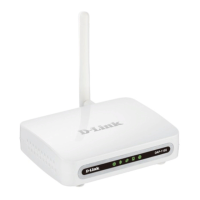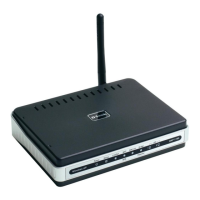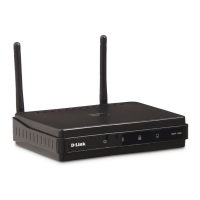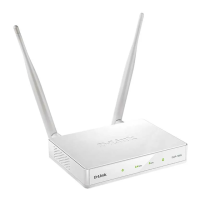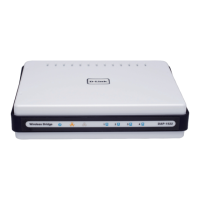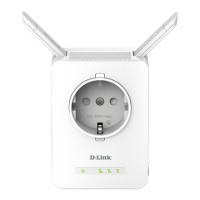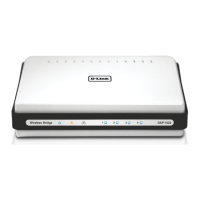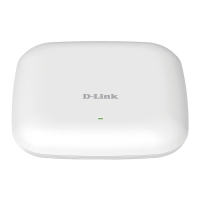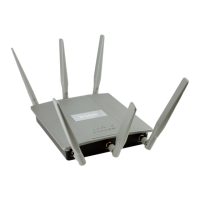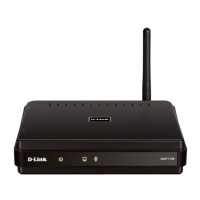
Do you have a question about the D-Link DAP-1150 and is the answer not in the manual?
| Frequency band | 2.4 GHz |
|---|---|
| Ethernet LAN data rates | 100 Mbit/s |
| Maximum data transfer rate | 54 Mbit/s |
| Connectivity LEDs | WLAN, LAN, WPS |
| Wireless technology | 802.11g/b |
| Antenna gain level (max) | 2 dBi |
| Ethernet LAN (RJ-45) ports | 1 |
| Security algorithms | 64-bit WEP, 128-bit WEP, AES, EAP-SIM, PEAP, SSL/TLS, TKIP, TTLS, WPA-EAP, WPA-PSK, WPA2-EAP, WPA2-PSK |
| Operating temperature (T-T) | 0 - 55 °C |
| Certification | FCC Class B, CE, C-Tick, Wi-Fi |
| Power requirements | 5VDC 1.2A |
| Weight | 220 g |
|---|---|
| Dimensions (WxDxH) | 144 x 109 x 30 mm |
Defines the manual's scope and intended readers.
Explains typographical conventions and symbols used in the manual.
Outlines the organization and content of each chapter.
Provides a general description of the DAP-1150's capabilities and features.
Details the technical specifications of the device's LAN, WLAN, and operation modes.
Describes the physical appearance and components of the device's front and back panels.
Lists the items included in the product's packaging.
Prerequisites and recommendations before starting the installation process.
Instructions for connecting the device to a computer via Ethernet or Wi-Fi.
Steps to access and log into the device's web management interface.
Procedures for backing up, restoring, and resetting device configurations.
Explains the different operational modes: Access Point and Router.
Guides users through the initial wireless network setup process.
Displays current network statistics and connected LAN clients.
Manages local network settings, IP address, and DHCP server.
Configures wireless network parameters like SSID, security, MAC filtering, WPS, WDS.
Allows switching operating modes and configuring advanced network features.
Manages firewall rules, including MAC address filtering.
Covers password, configuration backup, firmware upgrades, and system logs.
Wizards for internet connection setup: PPPoE, Static IP, Dynamic IP.
Manages WAN connections, including creating and editing PPPoE, Static/Dynamic IP, and VPN tunnels.
Manages local network settings, IP addresses, and DHCP server in router mode.
Configures wireless network parameters like SSID, security, MAC filtering, WPS, WDS.
Covers UPnP, DDNS, DNS servers, static routes, remote access, and IGMP.
Configures IP filters, virtual servers, DMZ, MAC filters, and URL filters.
Manages password, configuration, logs, firmware upgrades, NTP client, and Telnet.
Critical safety precautions for installing and operating the access point.
Guidance on optimizing wireless range and placement for best performance.
